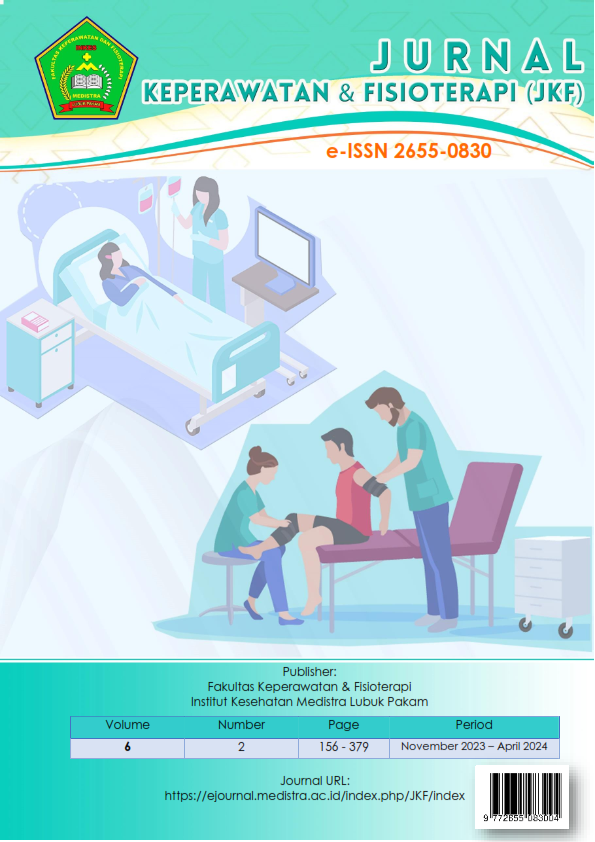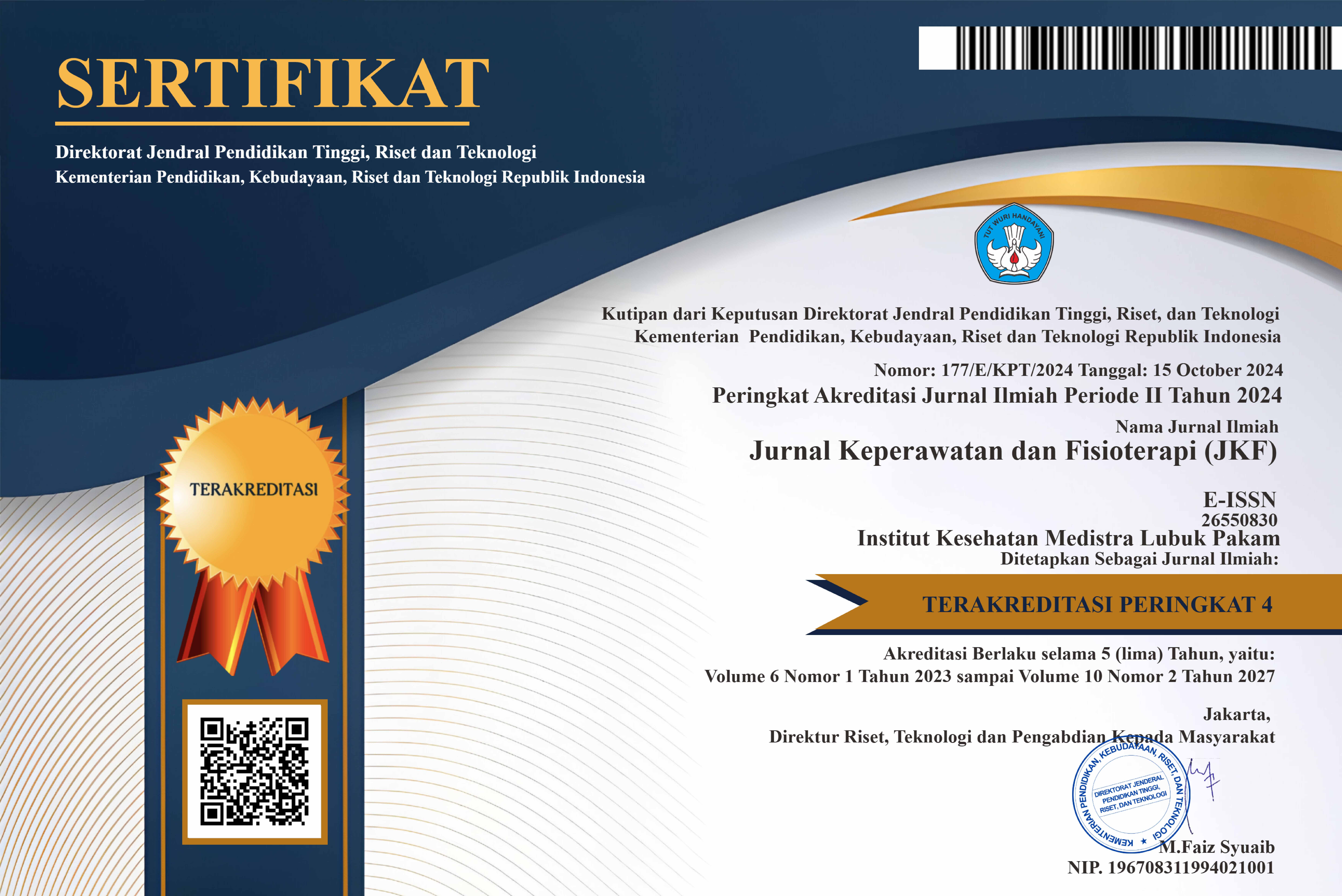The Optimization of Fluid Management in Septic Shock Emergencies: A Hemodynamic-Based Approach
Optimization of Fluid Management in Septic Shock Emergencies: A Hemodynamic-Based Approach
DOI:
https://doi.org/10.35451/jkf.v6i2.2548Keywords:
Sepsis Shock, Fluid Management, Hemodynamics, Approach-Based HemodynamicsAbstract
Sepsis is a medical emergency condition that can cause shock and multi-system organ failure. Proper management of fluid management in patients with sepsis shock is essential to prevent death. The purpose of this study is to optimize fluid management in patients with sepsis shock through a hemodynamics-based approach, as well as to evaluate its impact on clinical outcomes, including improvements in hemodynamic parameters and organ function. This study uses an observational study design with a retrospective approach. Univariate analysis showed that the application of hemodynamic-based fluid management successfully improved the hemodynamic parameters of patients, with a significant reduction in mortality rates and an increase in mean blood pressure. In contrast, patients who did not get hemodynamics-based fluid management showed longer symptoms of shock. In bivariate analysis, there was a significant relationship between the volume of fluid administered based on hemodynamic monitoring and improvement of organ function. Hemodynamic-based fluid management optimization in patients with septic shock has been shown to improve hemodynamic parameters, improve prognosis, and reduce mortality rates. This approach is recommended to be integrated in clinical practice in intensive care units to improve the quality of sepsis shock care.
Downloads
References
Brant EB, Seymour CW, Angus DC. Harrison’s Principles of Internal Medicine. 21st ed. Loscalzo J, Kasper DL, Longo DL, Fauci AS, Hauser SL, Jameson JL, editors. Vol. 1. McGraw Hill LLC; 2022. 2241–2249].
Harahap HM, Nasution DSM, Munandar F, Siregar NF, Nainggolan RRS. Sepsis?: kriteria diagnosa dan tatalaksana. 3rd ed. 2021;2(3):305–20.
Harris, M., et al. (2022). Fluid resuscitation strategies in sepsis: An overview of hemodynamic-guided approaches. Annals of Intensive Care, 12(1), 34-41.
Keputusan Menteri Kesehatan Republik Indonesia Nomor 1778/MEN KES/SK/XII/2010 tentang Pedoman Penyelenggaraan Pelayanan ICU di Rumah Sakit.
Kozier, Barbara, 2000, Fundamental of Nursing : Concepts, Prosess and Practice : Sixth edition, Menlo Park, Calofornia.
Lee, A., et al. (2021). Impact of hemodynamic monitoring on renal recovery in septic shock: A prospective cohort study. Critical Care Medicine, 49(6), 906-913.
Moor N, Rieck B, Horn M, Jutzeler CR, Borgwardt K. Early Prediction of Sepsis in the ICU Using Machine Learning: A Systematic Review. Front Med. 2021 May;8(607952):2–16.
Sanchez ER, Pinsky MR, Sinha S, Mishra, RJ et al. Fluid and early vasopressor in the management of septic shock: do we have the right answer yet? J Crit Care Med. 2023;9(3):138–47.
Smith, J., et al. (2020). Hemodynamic-guided fluid management in sepsis: A randomized controlled trial. Journal of Critical Care, 55, 123-129.
WHO. Improving the Prevention, Diagno sis, and Clinical Management of Sepsis. World Health Organization; 2017 13 April 2017.
Downloads
Published
Issue
Section
License
Copyright (c) 2024 Yugi Tri Hutomo

This work is licensed under a Creative Commons Attribution 4.0 International License.
Copyright in each article is the property of the Author.


























